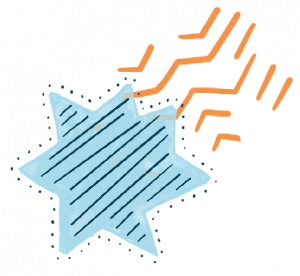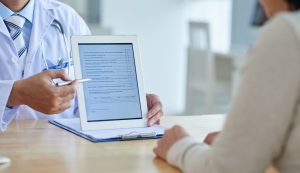A spoonful of sugar makes the medicine go down. But what makes the medicine work? That’s a process that pharmacovigilance aims to improve. Pharmacovigilance is a facet of patient care. One that aims to utilize medicine and data in the best way possible. To treat and prevent diseases. It is also a field that requires high-quality translation services in order to ensure the proper translation of pharmacovigilance documentation.
What Is Pharmacovigilance?
Pharmacovigilance deals with the detection, understanding, assessment, and prevention of adverse effects. As well as other medicine-related problems. The World Health Organization outlined three main goals of pharmacovigilance:

- The rational and safe use of medical drugs.
- The assessment and communication of the risks and benefits of drugs, on the market.
- Educating and informing patients.
Pharmacovigilance is a critical part of the pharmaceutical and healthcare industries. It aids continuance, drug approval, and the ability to safely promote the use of their products. And it allows medical practitioners to better communicate their knowledge while practicing. It is also the source of all drug safety information and education for patients and the public.
This undeniably important discipline has a tough job to do. The nature of the issues they are dealing with is undesirable, particularly when it comes to pharmaceuticals and medical devices. Adverse events inevitably arise and reporting these events is necessary to create good pharmacovigilance programs. Ideally, these programs identify undesired events before they affect public health.
Public health spreads wide. Across many regions and languages. This is why there can be no language barriers in the reporting process of these events. The adverse events are reported in the local language, but proper translation allows these reports to do more good across more groups of people.
Who Needs Pharmacovigilance Information
Primarily, medical device manufacturers, pharmaceutical companies, clinical research organizations, and other outsourcing partners such as language translation organizations like Terra are interested in pharmacovigilance.
When is the translation of pharmacovigilance documentation needed?
Pharmacovigilance databases often require translation from various languages into English and vice-versa. Adverse effect reporting, adverse drug reaction databases, and documents related to these subjects generally require a translation.
Why Access Matters
Health and wellness are the primary reasons why it is important for pharmacovigilance information are readily available to anyone who desires it. Pharmacovigilance can only work successfully if the information is shared in a timely fashion. Which is where the World Wide Web comes to the rescue.

The internet has made this information more accessible than ever before. Any concerned party can obtain information about an adverse event online. The ease of access is good. The risk of misunderstandings due to translation errors is not. If the reader does not have access to a properly translated document, then misinformation can spread. Which is highly dangerous. Medical organizations, regulatory agencies, pharmaceutical firms, medical device firms, and the public all need access to properly translated pharmacovigilance information. Translation errors can have dangerous results. Which can cause harm to the public and unnecessary expenses on behalf of stakeholders. Working with a qualified language services provider can help mitigate the risk of mistranslation.









